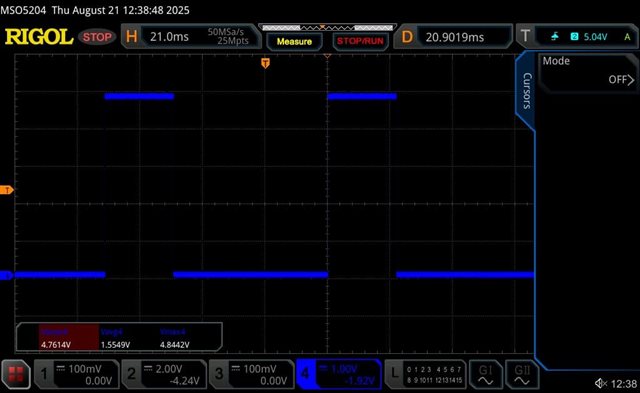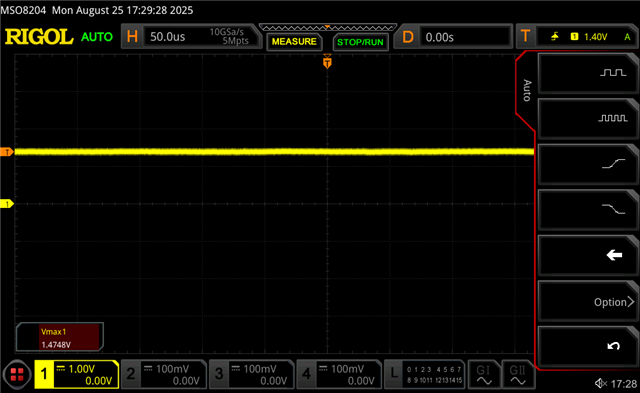Tool/software:
Hi Team,
In the HD3SS3220IRNHT, we've connected the ID pin to 1.8V using a 200kΩ pull-up resistor. However, when the USB port is set to UFP (Upstream Facing Port) mode, the ID pin voltage drops to around 295 mV, rather than staying near 1.8V. When we reduce the pull-up resistor to 100kΩ, the voltage increases to about 400 mV, but it's still much lower than expected. Is this the expected behavior. We are monitoring the ID pin to detect Device attachment, as the voltage level is low, there is a possibility that it might be wrongly interpreted as Device attachment. Is there a recommended pull-up resistor value for 1.8V supply?
Thanks & Regards,
Sneha




